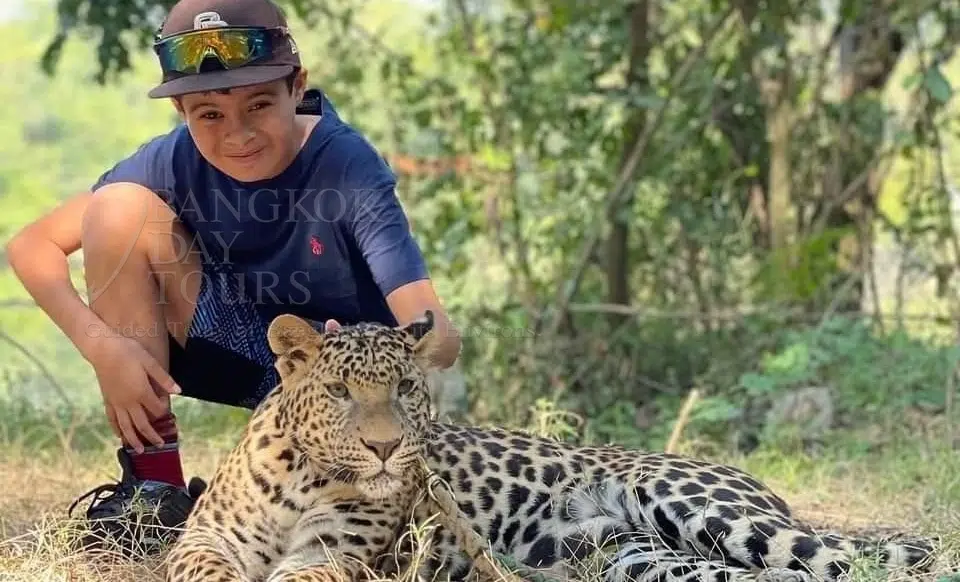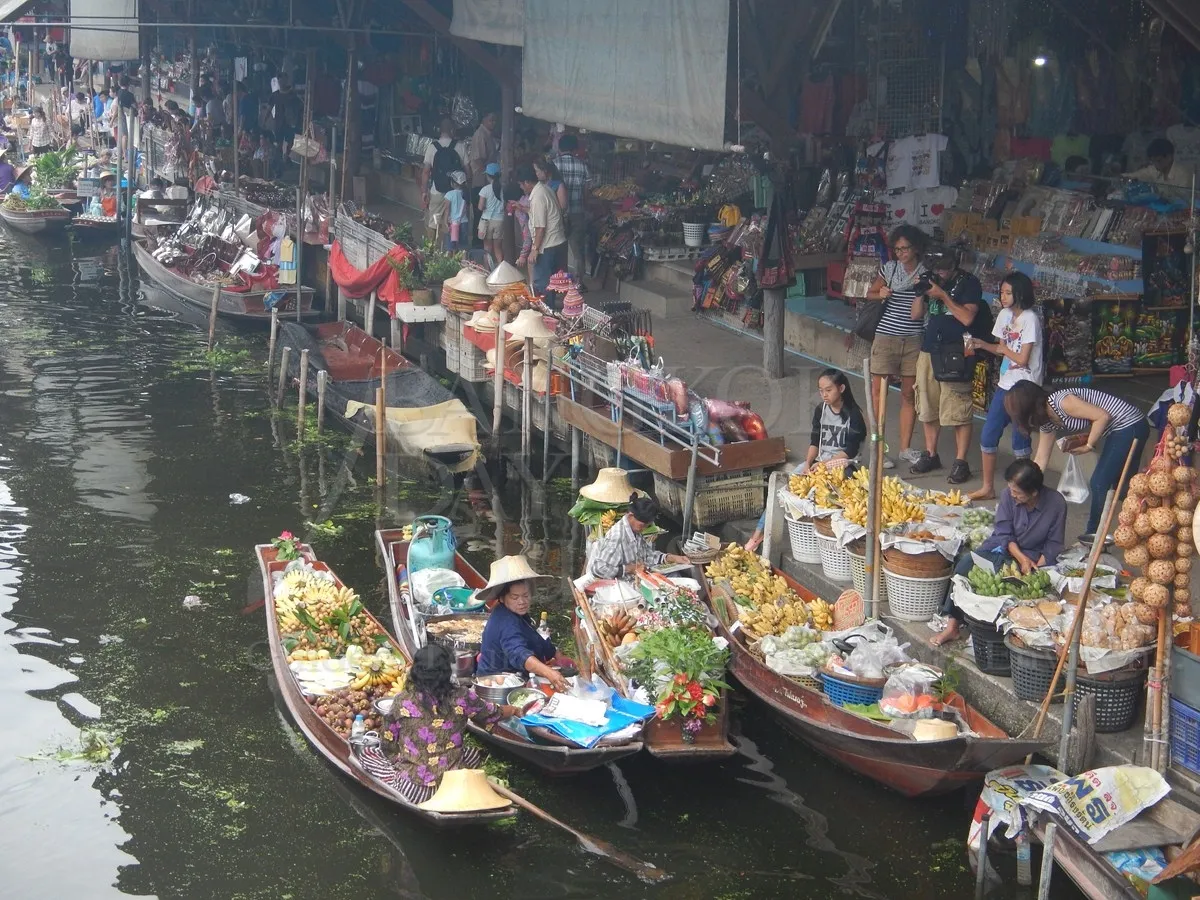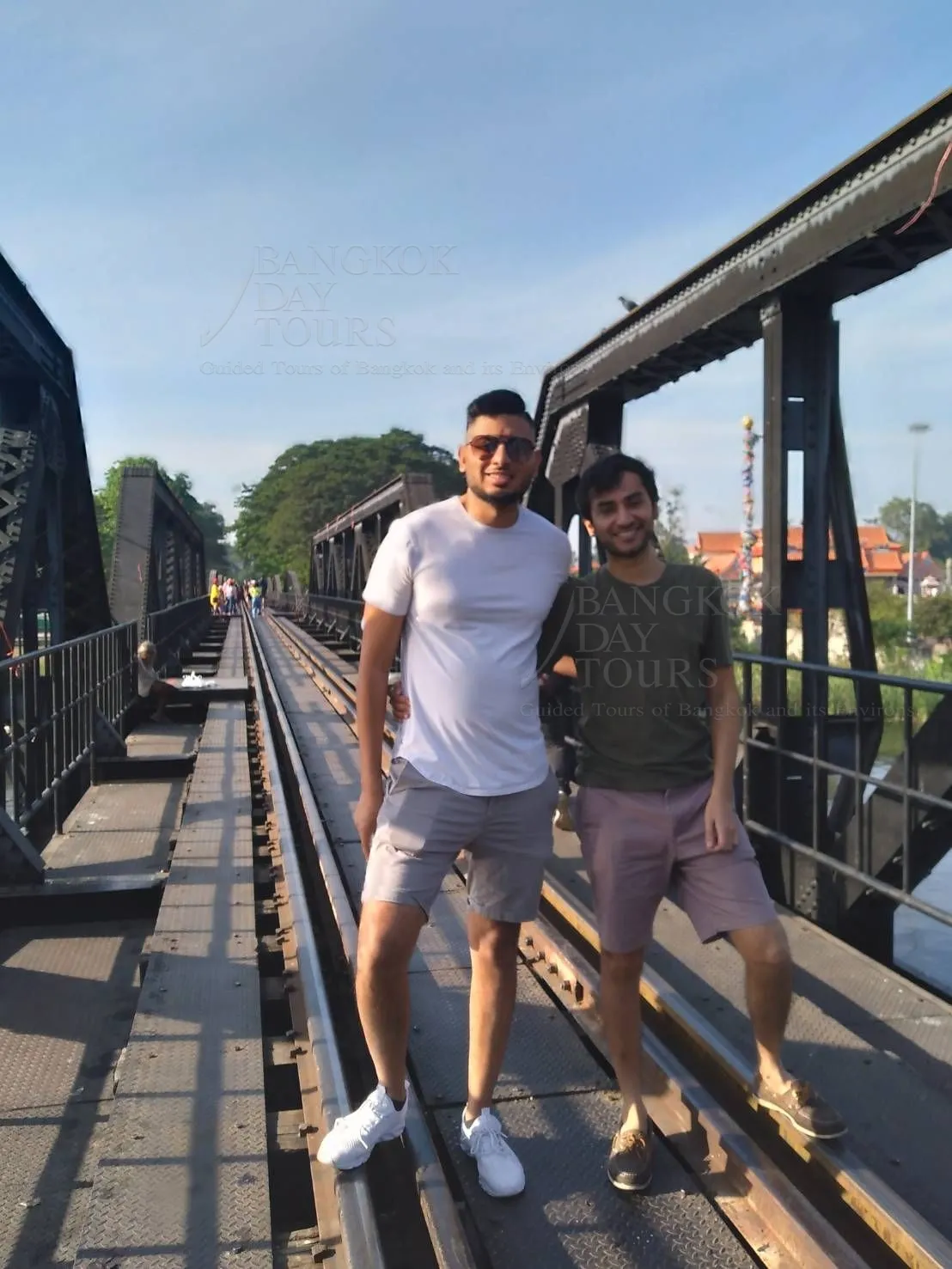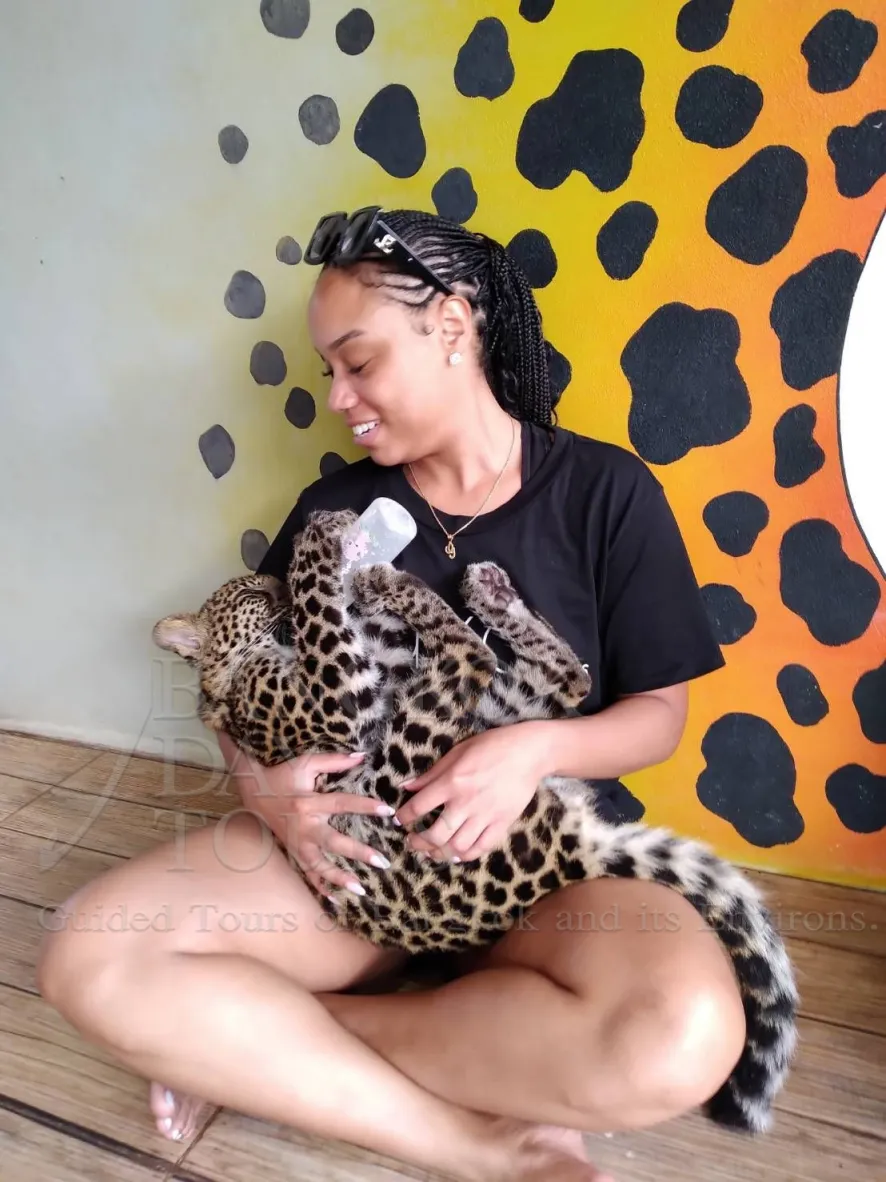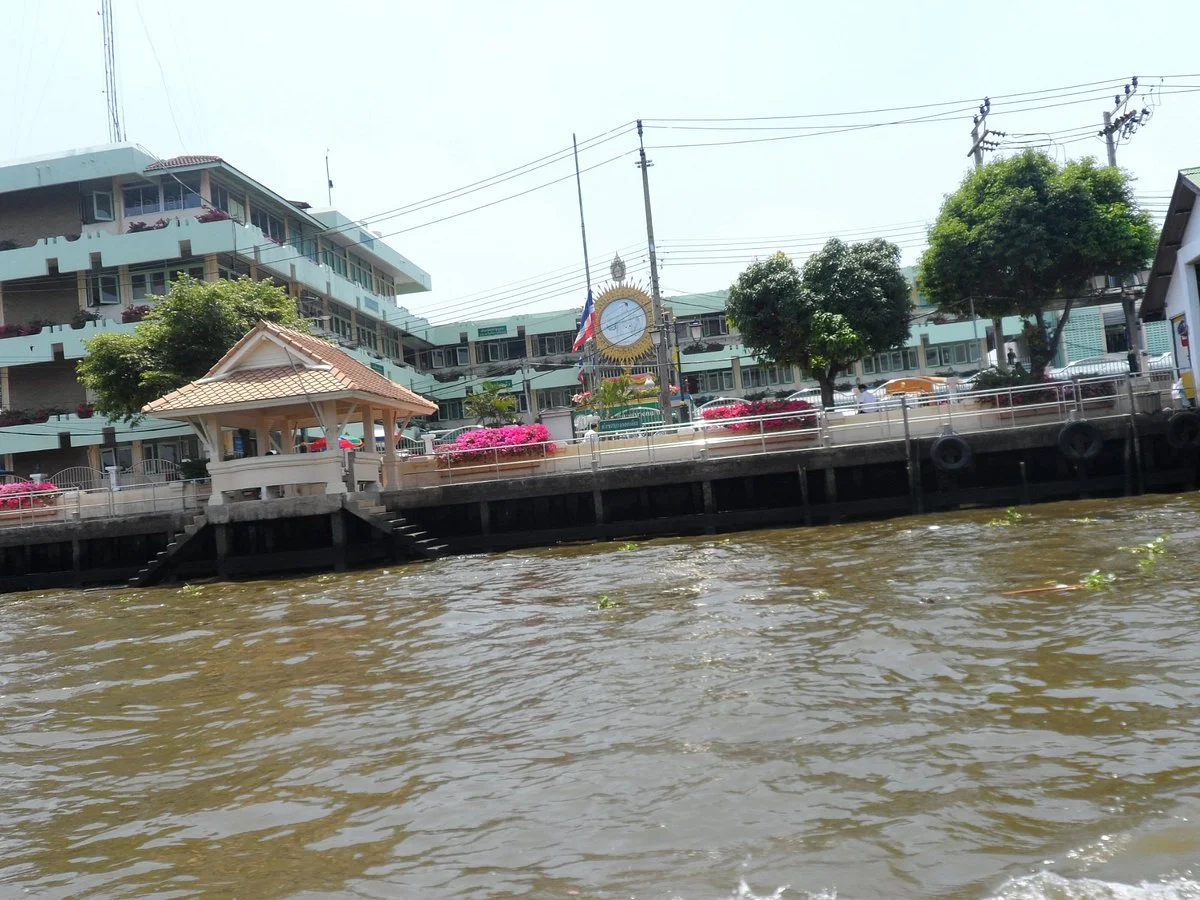
Attractions information
Klong Toey Port
Klong Toey Port is where the smaller cruise ships dock when they visit Bangkok. The port is 26 kilometers up the Chao Phraya River and is right in the heart of Bangkok city.
It's commonly known as Bangkok Port and was Thailand's only major port for sea transportation of cargo from 1938 until 1991.
The construction of Klong Toey Port began in 1938 and finished after the end of World War II.
The port is located on the Chao Phraya River not far from Gulf of Thailand. Due to its limited capacity and traffic problems caused by semi-trailer trucks, much of the shipping operation has been moved to the new container terminal at Laem Chabang in Chon Buri Province.
In the past Klong Toey was the major night entertainment area for the whole city of Bangkok. It had its heyday in the 1960's and 1970's dying out almost completely in the 1980's when the Bangkok Port Authority claimed the land that was home to the majority of the night entertainment venues.
The whole area is a bit tatty and grubby, like any port, but the positive side for the cruise ships docking here is that they are right in the centre of Bangkok and are not subjected to the two-hour drive from Laem Chabang.
Cruise ships using Klong Toey Port during the 2009-2010 season include Azamara Quest, Seabourn Odyssey, Seabourn Pride & Oceania Nautica.

Attractions information
Floating Market Damnoen Saduak
Waterways have always been an integral part of Thai life and many communities depended entirely on them for their daily existence.
Long before cars, boats of all shapes and sizes plied the rivers and canals through the kingdom of Thailand, trading their wares and delivering their supplies.
The Floating Market at Damnoen Saduak is located in Ratchaburi Province which is just over 100 kms or two hours drive from the capital city of Bangkok.
This is a particularly fertile area, being irrigated by a 32 kilometre straight-line canal constructed by King Rama IV way back in 1866.
It connects the Taachin River with the Mae Klong River and became a major transport artery between the provinces of Samut Sakorn and Samut Songkram.
Apart from providing transportation, Damnoen Saduak Canal also provides year-round water, with more than 200 small canals having been dug by farmers to irrigate their land.
The area is famous for the quality of its fruit, namely grapes, mangoes, bananas, oranges, papaya & coconut.
Nowadays, both sides of the canal are densely populated and bright and early every morning vendors from the surrounding area turn up to trade their wares.

Attractions information
Kanchanaburi Province
Kanchanaburi Province which borders Myanmar (Burma) to the north-west is the third largest Thailand's of seventy six provinces.
It is located 130 km west of Bangkok and has a population of about 735,000 of which 54,000 live in Kanchanaburi town itself. This is a most picturesque part of Thailand.
Kanchanaburi town was originally established by King Rama I as a first line of defence against the Burmese, who might use the old invasion route through the Three Pagodas Pass on the Thai-Burma border.
The magnificent landscape & charming beauty of Kanchanaburi have resulted in major tourist attractions including the well-known Erawan Waterfalls, caves which were once inhabited by Neolithic man, pristine national parks, tranquil rivers, virgin forests, and reservoir.
Together, they offer an intriguing experience whether you are visiting for the first-time or returning for another visit.
Whatever your personal interest: fishing, rafting, canoeing, mountain biking, bird-watching, star-gazing, golfing, elephants, tigers, jungle trekking or even living on bamboo rafts, Kanchanaburi takes pride in offering them all.
Local residents of Kanchanaburi are engaged in agricultural activities as this is one of the most fertile provinces. Most of the locals are of Thai ancestry with notable Mon and Karen minorities.
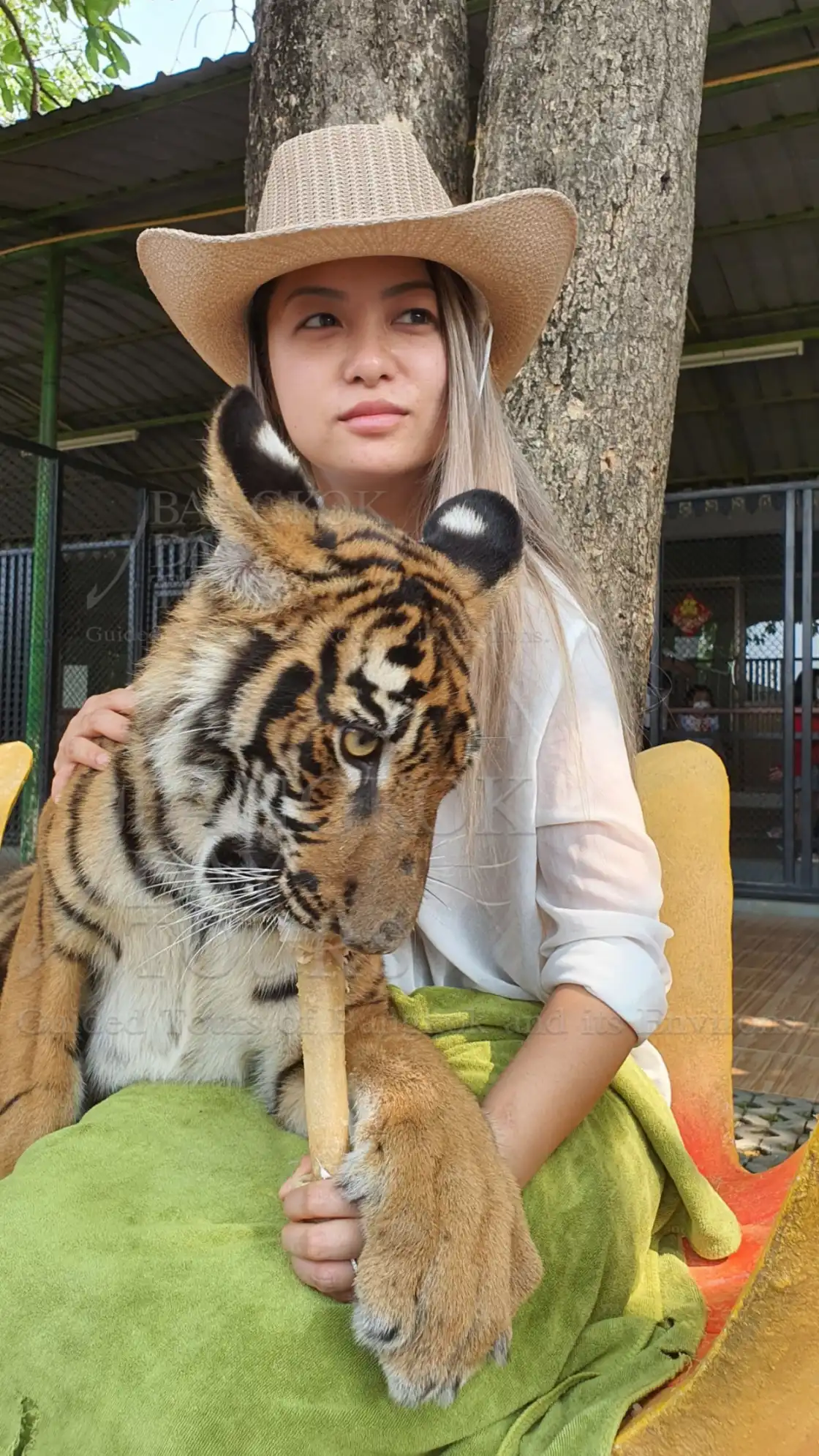
Attractions information
Tiger Temple Classic Afternoon
In Kanchanaburi Province there is a forest temple, founded in 1994, which has become a sanctuary for numerous wild animals including many tigers.
While it is more commonly known as The Tiger Temple, its Thai name is Wat Pha Luang Ta Bua Yannasampanno.
The abbot, Phra Acharn Phusit, has been caring for abandoned tigers since 1999. The mother of the first cub he took in had been killed by poachers. The first tiger cub died from its injuries, but a few weeks later two more tiger cubs were rescued from poachers and brought to the temple.
Word soon spread and more abandoned or injured tigers were brought to the temple. By 2005 there were 17 tigers at the temple. Seven were orphans rescued from the wild and ten have been born and bred here at the temple.
The monastery is situated adjacent to Burma. Protected areas and national parks along the Thai-Burma border are believed to contain the largest surviving populations of tigers in Thailand.
Unfortunately, while these areas are protected, poaching still occurs. A poacher can earn several years of a farmer's salary for killing a tiger, so the profit is well worth the risk. After the mother tiger is killed the cubs are taken as a bonus, or left to fend for themselves in the jungle and if found are left here.

Attractions information
Bridge over the River Kwai
The Bridge over the River Kwai was built during World War II for the Japanese Army using Allied POWs.
Altogether, 61,700 British, American, Australian, Dutch and New Zealand soldiers and a large number of Chinese, Vietnamese, Japanese, Malaysian, Thai, Burmese and Indian labourers were involved.
Two bridges were actually built side by side. A wooden trestle bridge, which is no longer there, was completed in February 1943 and an eleven span steel bridge completed in April 1943.
This bridge had been dismantled by the Japanese and brought to Kanchanaburi from Java in 1942. The central spans were destroyed by Allied bombings and rebuilt by British Army Engineers immediately after the war.
It was part of the strategic railway linking Thailand with Burma. During the construction of the bridge over the Khwae Yai River - River Kwai as it is known among foreigners - the brutalities of war, disease and starvation claimed thousands of POWs lives.
The bridge was immortalised in the book by Pierre Boulle entitled The Bridge Over The River Kwai and later in the movie of the same name. Unfortunately, he had never been to Kanchanaburi or he would have known that the railway does not cross the River Kwai. It actually crosses the Mae Klong River, so the Thai authorities simply renamed the river to aid tourism!
Floating Market Tiger Temple Day Trip (Code:KT1206)
Pick a day and people
THB 0.00
THB 0.00
THB 0.00
THB 0.00
THB 0.00
THB 0.00
THB 0.00
THB 0.00
THB 0.00
THB 0.00
THB 0.00
THB 0.00
This tour is exclusive to Klong Toey Port Cruise Ship Passengers. There are also exclusive tours.
If your ship docks nice and early you'll have time to visit both the Floating Market at Damnoen Saduak and the famed Tiger Temple at Wat Pha Luang Ta Bua Yannasampanno in Kanchanaburi province, stopping at the bridge over the River Kwai on the way back to the ship.
Do you want your tailor-made tour?
A tailor-made tour is the best kind of independent travel itinerary, designed and arranged just for you and your needs.
All events and activities are part of your very personal, privately guided tour.
Just ask us and we will be happy to make your tour an unforgettable experience. We have been doing this for 25 years and the quality of tailor made tours has never changed.
Why is a private tour a better choice?
With a private tour, you have the freedom to choose what you want to do and when you want to do it. There is much more room for flexibility and changes to your itinerary at every step of the way because you don't have to consider the needs of other travelers. The flexibility and freedom to make the most of your time is the reason why so many people choose to take a private tour rather than a group tour.Tour Programme
08:00 - Pick up Dockside Klong Toey Port
We'll be waiting for you when you get off the ship. Your guide will have a sign with your name on it. Please be as quick as you can or we'll miss the floating market. Read More >
09:30 - Floating Market Damnoen Saduak
You can take the boat on the canal through the floating market. Please keep your hands inside the boat as there are many boats and we don't want you to jam your fingers. Read More >
12:30 - Lunch in a Thai Restaurant
We'll have an early lunch in a Thai restaurant so that we are at the Tiger Temple when they open the gates.Read More >
13:15 - Tiger Temple Wat Pha Luang
We'll get you to the Tiger Temple as early as possible so you'll have maximum time there. They'll bring out the younger tigers first and then lead the adult tigers down to the canyon for their afternoon swim and play.Read More >
16:30 - Bridge over the River Kwai
We'll stop briefly at the bridge on the way back to Bangkok. You'll have time to walk on the bridge and take some photos.Read More >
17:00 - Depart for Bangkok
You can relax in air conditioned comfort while the driver returns you to your hotel in Bangkok.
19:00 - Arrive back at the ship
You can expect to be back at the ship by 7:00pm depending on the traffic.
Important Information
As the Tiger Temple is a working Buddhist monastery, there are some dress codes in place. Women must cover their shoulders and knees. Tank tops, short skirts, shorts, shawls and scarves are not permitted. Tights cannot be worn as an outer garment. Also, bright colours like red, orange and pink are not allowed. These colours excite the tigers, and are not permitted on the grounds.




